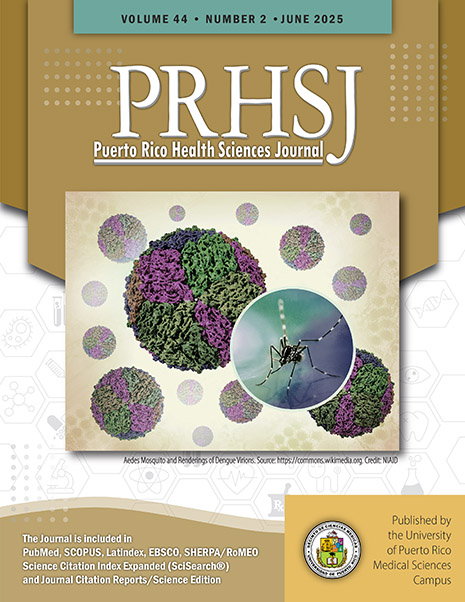Abstract
Peripartum cardiomyopathy (PPCM) is a rare and potentially life-threatening cause of systolic heart failure that usually arises in the late stages of pregnancy or the early postpartum period. Its clinical presentation can range from moderate symptoms to severe forms of heart failure, such as cardiogenic shock. However, there is scarce data on severe forms of PPCM leading to multiple organ dysfunction and its management. We report a case of a 30-year-old G2P2 previously healthy Puerto Rican woman postpartum day #56 who presented to our Institution with respiratory symptoms. Further evaluation confirmed cardiogenic shock with ischemic hepatitis and acute kidney injury. Echocardiography revealed a dilated left ventricle with an ejection fraction of less than 20%, which suggested PPCM. This case highlights severe manifestations of PPCM, its challenges in management, and the importance of considering it in the differential diagnosis of respiratory symptoms during the peripartum period.
Authors who publish with this journal agree to the following terms:
a. Authors retain copyright and grant the journal right of first publication with the work simultaneously licensed under a Creative Commons Attribution License that allows others to share the work with an acknowledgement of the work's authorship and initial publication in this journal.
b. Authors are able to enter into separate, additional contractual arrangements for the non-exclusive distribution of the journal's published version of the work (e.g., post it to an institutional repository or publish it in a book), with an acknowledgement of its initial publication in this journal.
c. Authors are permitted and encouraged to post their work online (e.g., in institutional repositories or on their website) prior to and during the submission process, as it can lead to productive exchanges, as well as earlier and greater citation of published work (See The Effect of Open Access).
